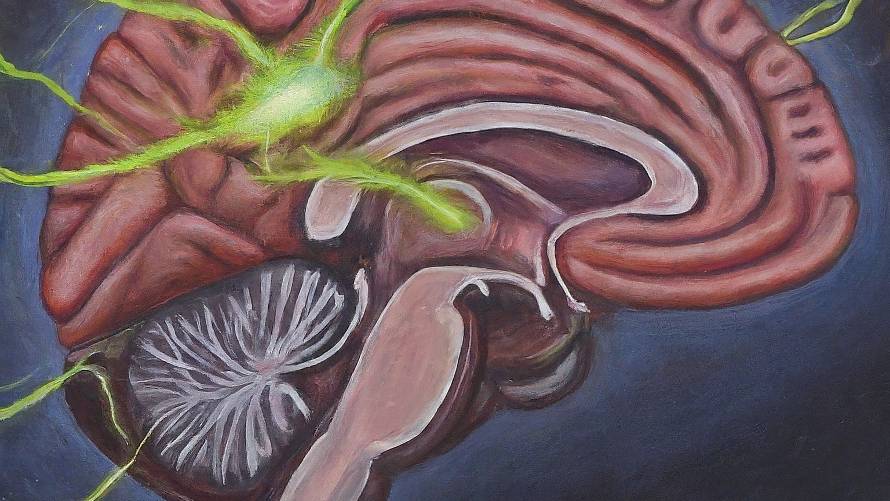Neuroscientists have discovered a potential mechanism that determines which memories are tagged as important enough to become permanent during sleep, according to a new study led by researchers from NYU Grossman School of Medicine. The study, published online in the journal Science on March 28, focuses on brain cells called neurons and their electrical activity, which encodes memories.
Large groups of neurons in the hippocampus, a brain region crucial for memory formation, fire together in rhythmic cycles called “sharp wave-ripples.” These “shouts” to the rest of the brain represent the near-simultaneous firing of 15 percent of hippocampal neurons and are named for the shape they take when their activity is recorded on a graph.
The study found that daytime events followed immediately by five to 20 sharp wave-ripples are replayed more during sleep and consolidated into permanent memories. In contrast, events followed by very few or no sharp wave-ripples failed to form lasting memories.
“Our study finds that sharp wave-ripples are the physiological mechanism used by the brain to ‘decide’ what to keep and what to discard,” said senior study author György Buzsáki, MD, PhD, the Biggs Professor of Neuroscience in the Department of Neuroscience and Physiology at NYU Langone Health.
The study is based on the observation that mammals, including humans, experience the world in short bursts, followed by pauses. After paying attention to something, the brain often switches into an “idle” re-assessment mode, with the longest idling periods occurring during sleep.
Using electrodes to track the activity of hippocampal cells in mice navigating a maze, the researchers found that sharp wave-ripples typically occurred when the mice paused to enjoy a sugary treat after each maze run. The consumption of the reward prepared the brain to switch from an exploratory to an idle pattern, allowing sharp wave-ripples to occur.
For memories that are remembered, the same cells that fired during the maze runs fire at high speed during sleep, “playing back the recorded event thousands of times per night.” This process strengthens the connections between the involved cells, consolidating the memory.
“We worked to take the external world out of the equation, and looked at the mechanisms by which the mammalian brain innately and subconsciously tags some memories to become permanent,” said first author Wannan (Winnie) Yang, PhD, a graduate student in Buzsáki’s lab. “Why such a system evolved is still a mystery, but future research may reveal devices or therapies that can adjust sharp wave-ripples to improve memory, or even lessen recall of traumatic events.”
The study authors faced challenges in analyzing the complex data generated by simultaneously recording up to 500 neurons in the hippocampus of animals during maze runs. To gain an intuitive understanding of the data, visualize neuronal activity, and form hypotheses, the team successfully reduced the number of dimensions in the data without losing its integrity.
The findings of this study provide new insights into the brain’s natural mechanism for tagging and consolidating memories, offering potential avenues for future research and the development of therapies to improve memory or lessen the impact of traumatic events.


